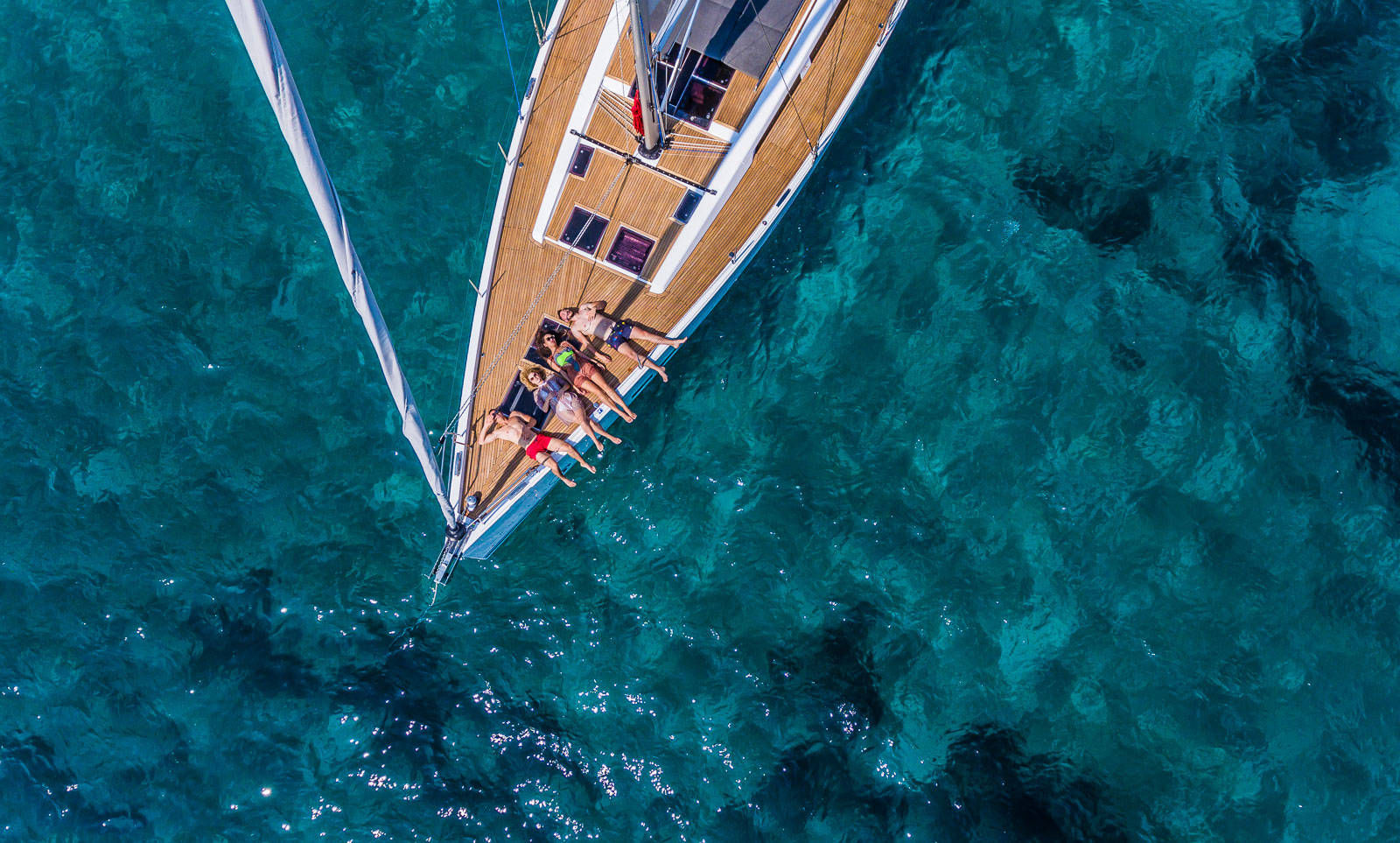
You can find us
Address: Dražanac 2/a , 21 000 Split, CROATIA
Head Office: +385 21 332 332
E-mail: croatia-yachting.hr
Office working hours: 8:00 – 16:00 CET
Feel free to ask us anything – our team is on your side!
For any questions during the office hours please call our team in our Split headquarters on +385 21 332 332 or send us an e-mail on the address croatia-yachting.hr.
For urgent inquiries after working hours, you can contact us on our mobile phones or send an e-mail and you will get a response as soon as possible:
Yacht Charter
Tel: +385 91 332 3331
Yacht Sales
Tel: +385 91 332 3320
Charter Management
Tel: +385 91 332 3320
After Sales & Yacht Service
Tel: +385 91 332 3380